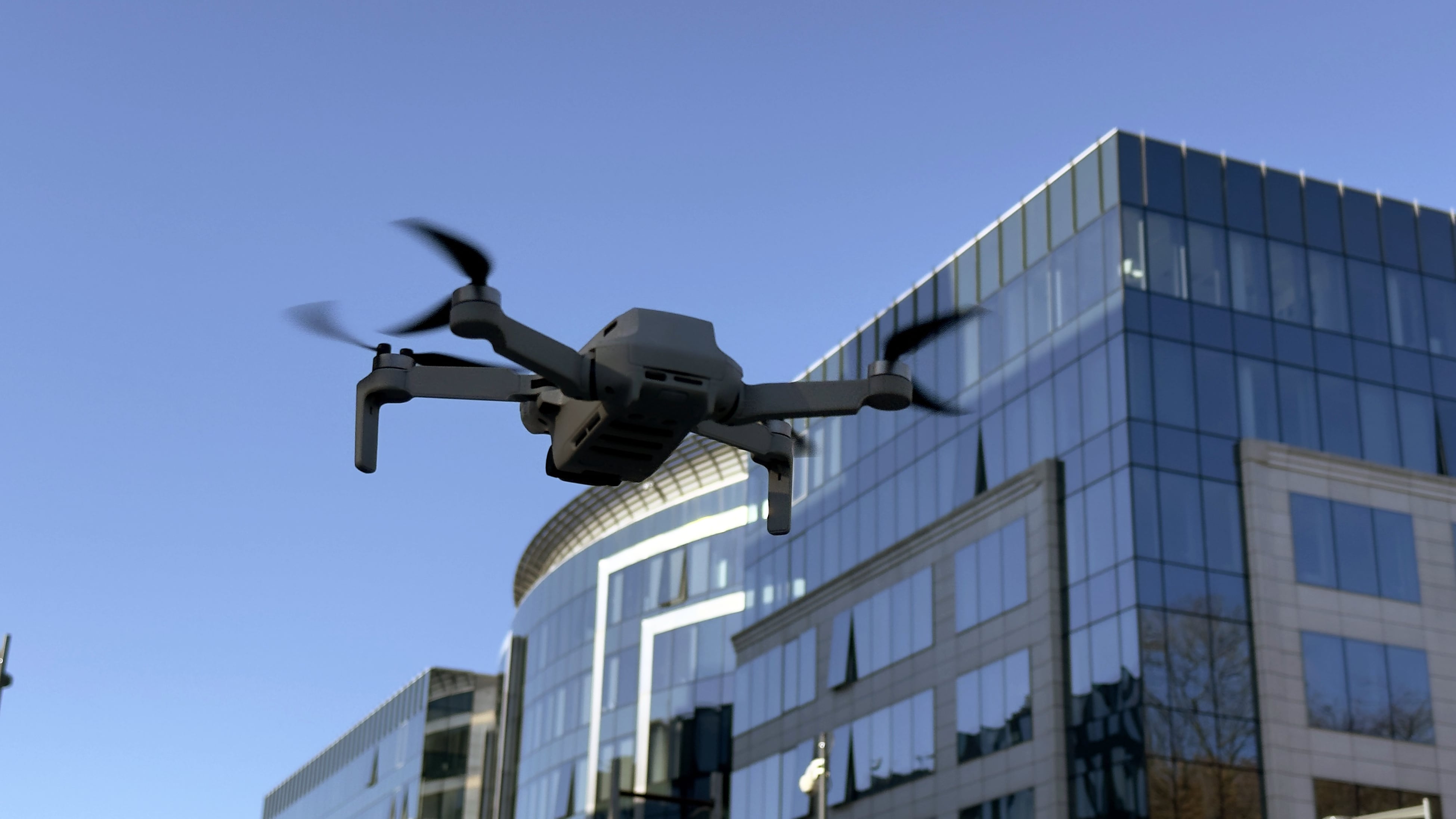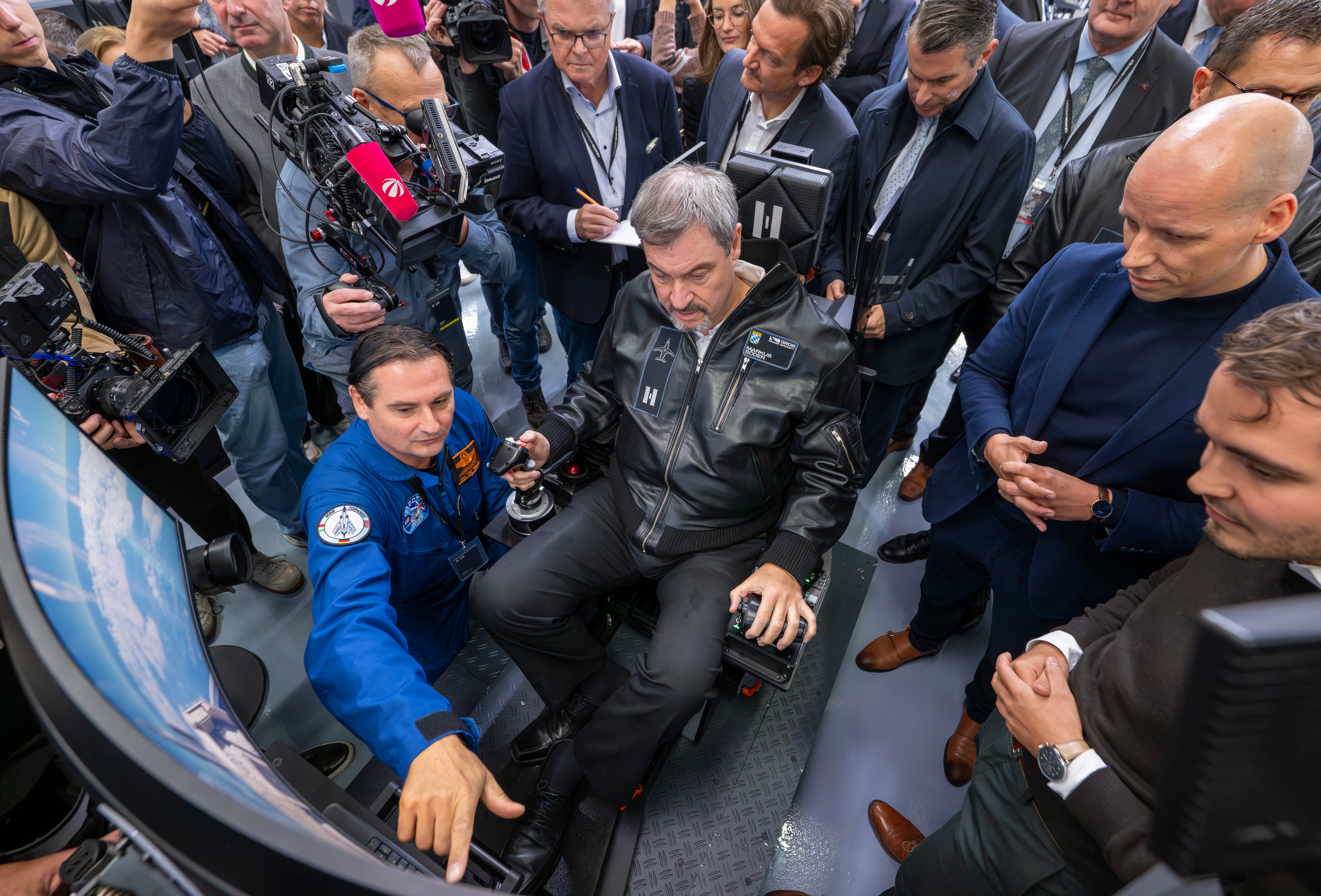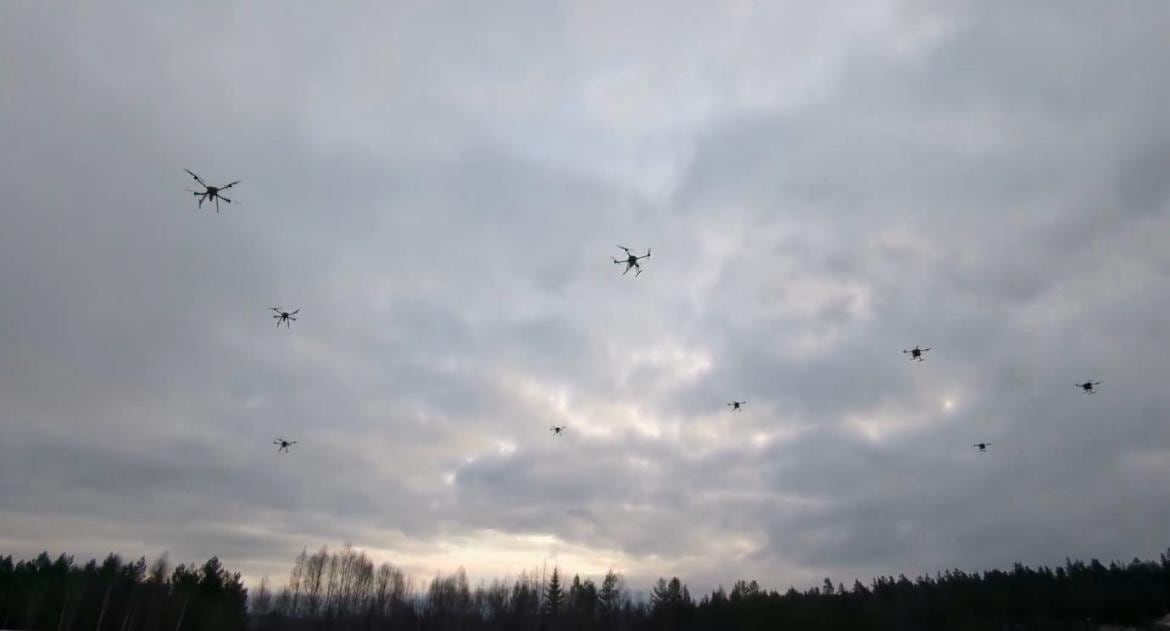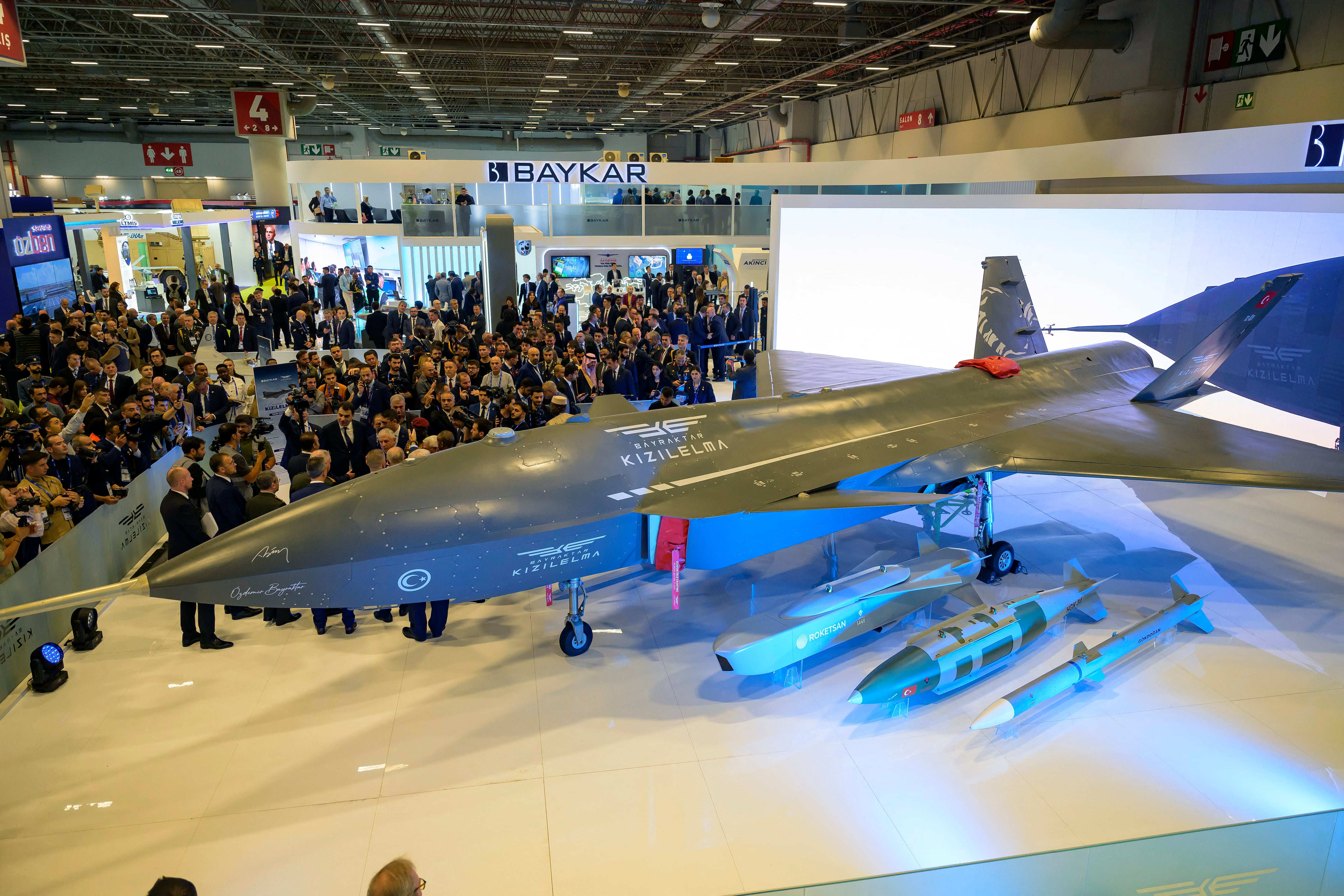In the Defense Department, officials are juggling a series of issues in military satellite communications. While there aren't necessarily clear, ready solutions in place, pathways for future satcom are emerging.
As it stands, DoD's own satellite systems are aging and vulnerable, designed prior to an era of cyber threats. Its budgets don't fund new satellites, instead mostly just maintaining existing ones, save for some exploratory pilots that evaluate better ways of doing satcom business in the future.
Other types of evaluation also are under way, and they likely will underpin the Pentagon's future use of commercial satellite communications (comsatcom) -- the linchpin in future government satcom.
At the Defense Information Systems Agency, which handles the bulk of DoD's satcom requirements, officials are conducting business case analyses and exploratory pathfinder programs to find the most efficient, effective combination of military satcom and comsatcom. One current business case analysis, which DISA is conducting in partnership with the Air Force, looks specifically at wideband capabilities.
"In a nutshell we're trying to determine optimal mix of comsatcom and [military satcom] that make up wideband. We weren't going to go out and do a bunch of new analysis, so previous analysis of costs of comsatcom basically showed if you take an investment-based approach, it returned the best price point," said Eron Miller, chief of DISA's comsatcom services division. "For example, if you lease a car every year, it costs more than if you just buy the car and make the investment. So what we're doing is updating previous analyses using cost data through fiscal 2015 to make sure the analysis still holds true."
Miller said DISA and the Air Force are using analyses and cost models to determine the global enduring demand for wideband and establish how much comsatcom DoD should be buying. Furthermore, as part of one of DISA's pathfinder programs, officials also are looking at the broader global enduring demand for comsatcom writ large.
The business case analysis and pathfinder project go hand in hand in providing information for the DoD-wide Analysis of Alternatives, Miller said, which provides the military with critical acquisition guidance.
DoD's satcom procurement problems
According to the Government Accountability Office, the process for buying satellites is seriously troubled.
At least part of the solutions to these problems lies within comsatcom. The government is making some progress on comsatcom acquisition, seen in examples such as the General Services Administration's late December release of a request for proposals for a new $2.5 billion satellite acquisition contract vehicle.
The Complex Commercial Satellite Communications Solutions, or CS3, is designed to "create contracts as flexible and agile as possible to meet and satisfy the widely differing requirements of the federal government organizations both now and for the next decade and beyond."
CS3 also is designed to succeed the government's previous large-scale commercial satcom acquisition vehicle, the $10 billion Future Commercial Satellite Communications Services Acquisition program. Under FCSA, GSA operated jointly with the Defense Information Systems Agency, which handled the military side of comsatcom procurement.
It remains to be seen, though, how DISA will proceed with the military side. The agency was the target of much of GAO's scrutiny in a report last year that criticized DoD's commercial satellite acquisition strategies.
"DoD depends on commercial satcom to support a variety of critical mission needs, from unmanned aerial vehicles and intelligence to voice and data for military personnel. In fiscal year 2011, the most recent information available, DoD spent over $1 billion leasing commercial satcom," GAO noted in the report. "In prior work, GAO found that some major DoD users of commercial satellite bandwidth were dissatisfied with DISA's acquisition process seeing it as too costly and lengthy. These users also indicated that the contracts used were too inflexible."
While DISA officials didn't comment on contract-specific satellite acquisition strategies, the agency remains at the center of future comsatcom. In a September memo, Deputy Defense Secretary Robert Work outlined the findings a Pentagon review evaluating space's role as a war domain, and key responses to those findings targeted faster commercial satellite acquisition, designated a new principal DoD space adviser and increased the role of DISA, among other agencies.
Beyond that, industry also is looking to DISA for guidance on what's next in commercial satellite acquisition as the military becomes increasingly reliant on the private sector to meet critical operational needs. That guidance is crucial so industry can develop their capabilities accordingly, executives say.
"You have to view commercial satcom as vital national security infrastructure, and we view our capabilities as a national security enabler. Without it, the U.S. can't do its missions on a worldwide scale — we can't operate UAVs, or provide disaster response or humanitarian aid, or enable [theater] communications," said Jeff Rowlison, vice president for government affairs at SES Government Solutions. "We're looking at agencies like DISA to take a proactive stance in defining and categorizing what the satcom needs are now and into the future."








